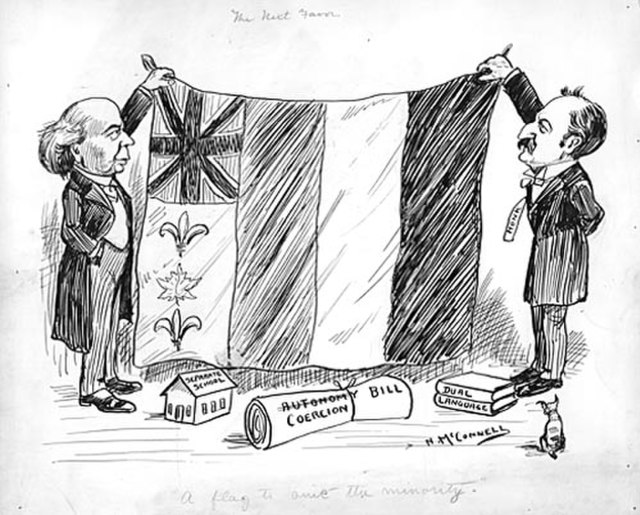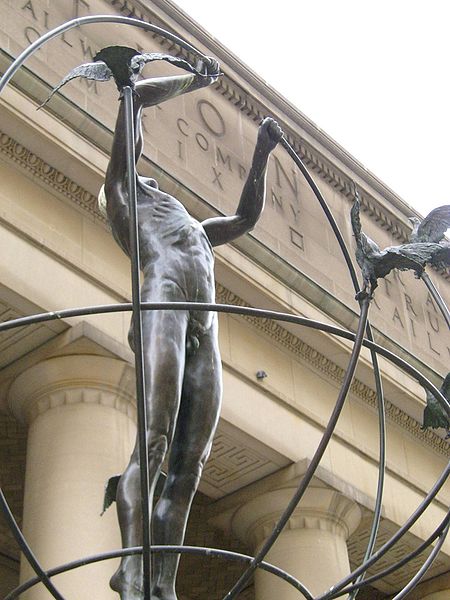Canada ranks 37th by population among countries of the world, comprising about 0.5% of the world's total, with more than 40 million Canadians as of 2024. Despite being the second-largest country by total area, the vast majority of the country is sparsely inhabited, with most of its population south of the 55th parallel north. Just over 60 percent of Canadians live in just two provinces: Ontario and Quebec. Though Canada's overall population density is low, many regions in the south, such as the Quebec City–Windsor Corridor, have population densities higher than several European countries. Canada has six population centres with more than one million people: Toronto, Montreal, Vancouver, Calgary, Edmonton and Ottawa.
Distribution of the population in Canada for the years 1851, 1871, 1901, 1921 and 1941
Canadians are people identified with the country of Canada. This connection may be residential, legal, historical or cultural. For most Canadians, many of these connections exist and are collectively the source of their being Canadian.
A 1911 political cartoon on Canada's bicultural identity showing a flag combining symbols of Britain, France and Canada; titled "The next favor. 'A flag to suit the minority.'"
Monument to Multiculturalism by Francesco Pirelli in Toronto; four identical sculptures are located in Buffalo City, Changchun, Sarajevo, and Sydney



